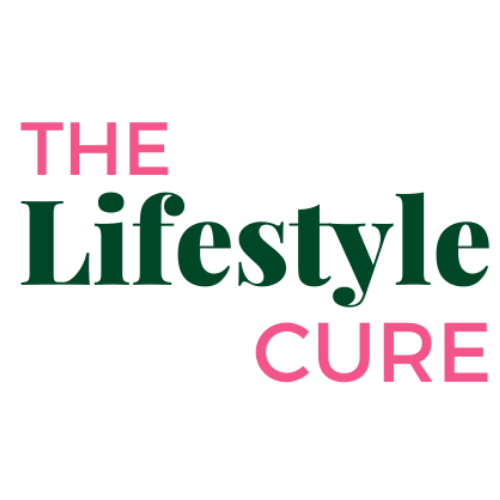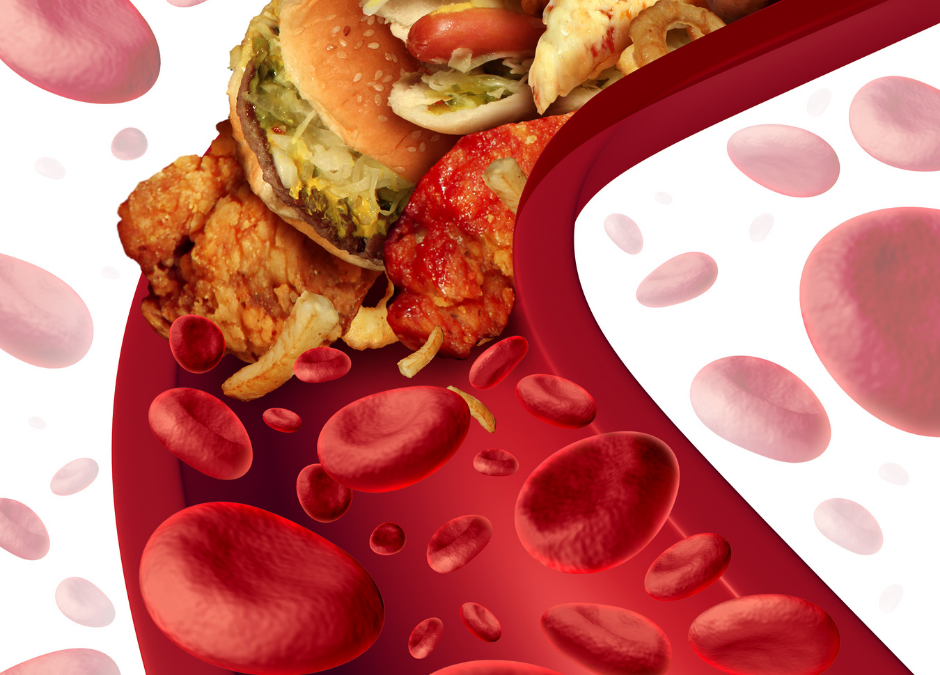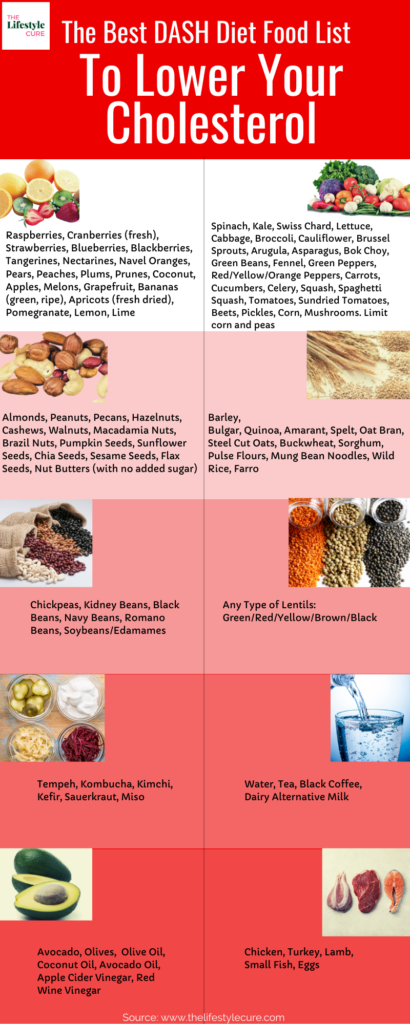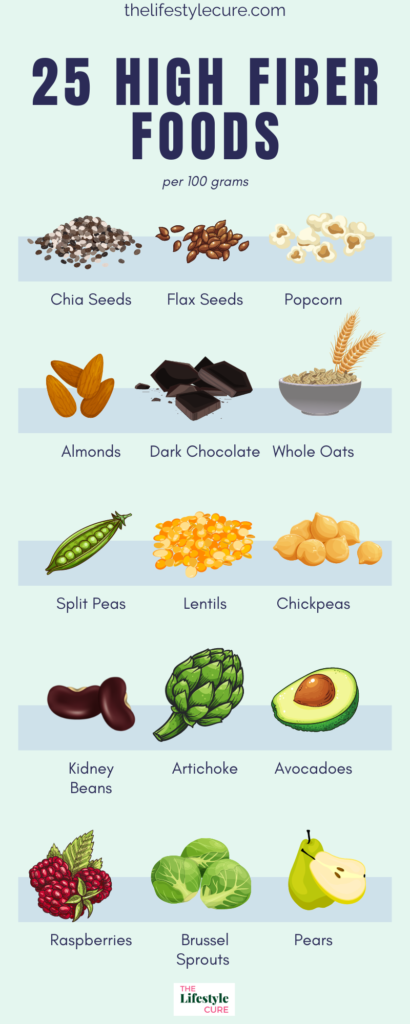As Doctors we write about evidence- based facts and with that in mind select products we believe to be the best for our readers. Thelifestylecure.com is a participant of the amazon associates program and we may earn a very small commission from qualifying purchases at no extra cost to you.
What does it mean when you get told you have a high cholesterol level? How does it impact you and your health going forward? Are there certain foods you can and cannot eat? Particular exercises that are better for you? Does it affect your heart? Your lungs? Your muscles? But first, let’s start with the most basic of question – what is cholesterol?
Table of Contents
What Is Cholesterol?
Cholesterol is an essential waxy like substance present within the body with 4 primary functions:
- Forms a part of the cell wall structure
- First step in converting sunlight into vitamin D
- Produces bile which helps digest the consumed fat
- Enables the body to produce steroid hormones
A normal amount within the body is therefore important and necessary in order to perform the above listed functions.
Where Does Cholesterol Come From?
Cholesterol comes from 2 sources:
- The Liver
- Your Diet
It is produced in the liver and distributed throughout the body via the bloodstream.
The second source is dietary cholesterol that makes a much smaller portion of the cholesterol found in your blood. This cholesterol generally comes from animal products, ie. shellfish, meat from organs, egg yolk and dairy products.
Studies are beginning to show that dietary cholesterol may actually play a much smaller role in raising your blood cholesterol levels than previously thought. More research is currently being conducted in this area of interest however.
How Is Cholesterol Measured
Normal and abnormal levels can vary based on gender, age and weight. In general, cholesterol levels naturally increase with age and tend to be higher in males.
It can be measured in 5 ways via blood tests:
1. Total Cholesterol:
As the name suggests, it is the total amount cholesterol present within the blood. Formed by a combination of low-density lipoprotein (LDL) and high-density lipoprotein (HDL).
2. LDL:
Also known as bad cholesterol as it collects in the walls of blood vessels. It increases the risk for heart conditions such as heart attack and stroke.
3. HDL:
Also known as good cholesterol because it transports excess cholesterol from the bloodstream back to the liver.
4. Non-HDL:
It is total cholesterol minus your HDL. Meaning the remaining amount is LDL and VLDL (another type of cholesterol protein).
5. Triglycerides:
A type of fat present in blood. It also increases the risk for heart related conditions.
Recommended Levels (for 20 year adults and older) for each of the above are:
1) Normal Total Cholesterol – < 200 mg/dl
Borderline High Cholesterol – 200-239 mg/dl
High Cholesterol – ≥ 240 mg/dl
2) Normal LDL – < 100 mg/dl
Near Optimal/Above Optimal – 100-129 mg/dl
Borderline High LDL – 130-159 mg/dl
High LDL – 160-189 mg/dl
Very High LDL – 190 mg/dl and above
3) Desirable levels of HDL – ≥ 60 mg/dl
At Risk levels of HDL – < 40 mg/dl (males), < 50 mg/dl (females)
4) Normal Non-HDL – < 130 mg/dl
High Non-HDL – 130 mg/dl and higher
5) Normal Triglycerides – < 150 mg/dl
Bordering High Triglycerides – 150 – 199 mg/dl
High Triglycerides – 200 mg/dl and higher
High Cholesterol Causes
Many things can cause high cholesterol levels. Certain risk factors for developing high cholesterol include the following:
- Poor Diet
- Inactivity
- Excess Weight/Obesity
- Familial Hypercholesterolemia
- Smoking/Exposure to 2nd Hand Smoke
- Age
- Medical Conditions
- Medications – like steroids, diuretics, protease inhibitors, beta-blockers etc.
So What Does Having High Cholesterol Mean?
Having high levels means that you are at a greater risk for developing certain health health conditions. Including the following:
- Stroke
- Peripheral vascular disease
- Coronary heart disease
- Blood pressure
- Type 2 diabetes
The chain of events occurs in the following manner:
High Cholesterol Levels → Causes Cholesterol Buildup → Leading to Plaque Formation
High Cholesterol Symptoms
Unfortunately high cholesterol does not typically present with symptoms right away.
Unless blood work containing lipid profile is done routinely, diagnosis may not be made at all or until a serious complication (ie. heart attack or stroke) develops.
Risk Factors for High Cholesterol
There are several risk factors that can increase one’s chances of developing high cholesterol levels. These risk factors are listed below.
- Being overweight or obese
- Eating a highly processed or unhealthier diet regularly
- Not being physically active more days than not in a week
- Inability to manage stress
- Smoking tobacco and related products
- Drinking alcohol excessively
High Cholesterol and Type 2 Diabetes
Type 2 diabetes can both cause and/or be a risk factor for high cholesterol. Metabolic syndrome (also known as insulin resistance syndrome) is made up of 5 different disorders that are related to one another in one or more ways. The biggest correlation being insulin resistance itself. It has been postulated that the more insulin resistant an individual is, the more likely they will go on to develop chronic diseases, such as high cholesterol, heart disease, fatty liver disease, obesity and yes, type 2 diabetes.
Another reason for the correlation between type 2 diabetes and high cholesterol levels could be explained by the following. Diabetes causes damage to arterial walls, making them more susceptible to cholesterol damage. Think about it. If diabetes damages arteries, this makes it easier for cholesterol to stick to these damaged arteries eventually leading to buildup of cholesterol in the blood!
High Cholesterol and Weight Gain
As stated above, high cholesterol and obesity can be found together in metabolic syndrome. And according to the American Heart Association being overweight and/or having abdominal obesity puts you at a greater risk for developing high cholesterol.
The good news is that even a 5-10% loss in weight can significantly reduce your total cholesterol and triglycerides level. And more than a 10% weight reduction can reduce both total and LDL (bad cholesterol) levels.
While even a weight loss of 1-3% was found to be the minimum requirement needed to improve HDL (good cholesterol) in both overweight and obese participants!
How To Reduce Risk of Complications
There are many things that can be done in order to prevent and/or reduce the risk of complications from high cholesterol levels.
Certain things that can be done include:
- Maintaining a healthy weight – determined by Body Mass Index (BMI), Waist to Hip ratio and Waist Circumference.
- Eat a whole foods diet with less emphasis on anything processed or fried.
- Concentrate on eating good fats – saturated fats can contribute towards increasing cholesterol levels, therefore it’s imperative to concentrate on healthier fats in the diet.
- Be physically active for atleast 30 mins/day, 5 days per week – start with an activity you enjoy and can do consistently during the week.
- Learn to manage stress levels – yoga, stretching, meditation, improving sleep hygiene, journaling can all be useful tools to help cope with stress.
- Reduce alcohol consumption – moderate alcohol consumption is allowed but it is best to limit or avoid alcoholic beverages altogether.
- Quit smoking – this can improve your good cholesterol (HDL) by almost 30%!
DASH Diet Food List
DASH is an acronym for Dietary Approaches to Stop Hypertension and it is a type of diet prescribed by physicians to those with high blood pressure levels.
The DASH diet was specifically designed to prevent and/or treat high blood pressure (hypertension). However, recent research has shown that the DASH diet can also help lower LDL cholesterol, HDL cholesterol and total cholesterol levels as well.
The DASH diet is an eating plan with an emphasis on foods rich in potassium, calcium and magnesium and low fat dairy. While it limits foods that are rich in sodium, saturated fats, and added sugars.
A study conducted in 2016 showed that eating a high fat DASH diet reduced triglycerides and VLDL with no difference in LDL or HDL levels. This variation of the DASH diet placed a greater emphasis on eating foods that are still high in fat but less carbohydrates (in the form of sugar and soft drinks).
A DASH diet food list consists of the following food groups (along with the preferred amount of servings per day):
- Vegetables: 4-5 servings/day
- Fruits: 4-5 servings/day
- Whole Grains: 7-8 servings/day
- Nuts, Seeds, Legumes: 4-5 servings/week
- Fat Free/Low Fat Dairy: 2-3 servings/day
- Poultry, Fish, Lean Protein: 0-2 servings/day
- Fats & Oils: 2-3 servings/day
Below is an infographic to better illustrate what possible foods could be located underneath each food category if one was to follow a DASH type of diet.
This food list can provide a rough idea on what areas to concentrate on when grocery shopping or preparing meals from.
Cholesterol Lowering Foods
Foods that can lower high cholesterol levels fast do so in different ways. For example, foods that contain soluble fiber decrease cholesterol levels by binding to them and thereby leading to excretion. While foods that contain certain substances like sterols or stanols block the absorption of cholesterol altogether. And products that contain estrogen can help lower LDL levels in cases where estrogen levels may otherwise be low (i.e. menopause or post-menopause).
Some cholesterol lowering foods are listed below:
1.Soluble Fiber Foods – 25 foods with the most fiber (per 100grams and in ascending to descending order): chia seeds, flax seeds, popcorn, almonds, dark chocolate, oats, split peas, lentils, chickpeas, kidney beans, artichoke, avocado, raspberries, brussel sprouts, pears, quinoa, sweet potato, beets, carrots, broccoli, figs, oranges, bananas, apples, and strawberries.
*Note: there are more foods that have fiber in them as well (like other nuts and seeds) but this list is about providing variety and should give you a rough idea on what foods to incorporate into your diet.
2. Fiber Supplements – They can come in the following forms: capsules, powders and chewable tablets. Look for one of the following in supplement form if you are unable to meet daily requirements with food alone:
- Psyllium (this is the only one that has been specifically shown to lower LDL cholesterol levels effectively)
- Methylcellulose
- Inulin
- Wheat Dextrin
3. Phytosterols – 4 best sources of phytosterols are: vegetables, fruits, nuts, and whole grains.
Vegetables with the highest amount of phytosterols: corn, broccoli, lettuce, brussel sprouts, red onions, carrots and frozen spinach.
Fruits with the highest amount: blueberry, strawberry, and banana.
Nuts with the highest amount: pistachios, almonds, pecans, walnuts, and cashews.
Whole grains with the highest amount: flax seeds, wheat germ, and rye bread.
4. Soy Products – Foods that are rich in soy include:
- Tofu
- Edamame
- Miso
- Tempeh
- Textured Soy Protein, Soy Sauce, Soy Nuts, Whole Soybeans, & Soy Milk
5. Fish/Omega 3 Fatty Acid Supplements – prescription and over the counter supplements are available for omega 3 fatty acid supplements. And unless recommended by your doctor, please do not take more than the stated recommended amount.
*Note: only seek out supplements if you are unable to meet the daily recommended amounts through diet alone.
High Cholesterol Foods to Avoid
Just as there are foods to eat in order to help reduce your levels, there are also those foods you should avoid.
- Processed and/or Packaged Foods – crackers, microwavable popcorn, boxed cereals, granola/protein bars, processed cheese, deli meat, hamburgers from fast food joints, breads, bagels, croissants, microwavable/ready made meals etc.
- Commercially Baked Goods – muffins, donuts, cookies, cake, pastries, biscuits, cheesecakes, pies, pizza are all good examples of what to avoid.
- Deep Fried Foods – examples of ones to avoid include: chips, french fries, fried chicken/meat, tempura, egg rolls, spring rolls, samosas, churros, donuts, wontons, hash browns, fried desserts etc.
- Trans Fat – refers to the solid form of vegetable oils that are produced through the process known as hydrogenation. This type of fat has the ability to increase LDL and decrease HDL. It’s best to avoid products that contain it. Examples of foods that have trans fat in them include the following: lard, shortening, margarine, most vegetable oils, fried foods, packaged goods etc.
- Added Sugar – increases insulin resistance and that is thought to lead to an increase in lipid markers. Packages will say how much added sugar they contain so be aware when buying anything in a package form.
- Sugary Drinks – this includes certain sports or protein powders, soft drinks, fruit punches, most caffeinated beverages especially ones accompanied by syrup etc. Best to stay away from these types of drinks on a regular basis as they can lead to insulin resistance over time.
High Cholesterol Treatment
Treatment depends on several factors: whether there are comorbidities present, age of individual, cause of high levels, type of lipids that are raised etc.
However there are a few general principles that could be followed in order to treat high cholesterol levels:
- Eat a non-processed, whole foods diet. Add more fiber rich foods and supplements (all listed above).
- Increase your level of activity each day (NEAT) and try to exercise for atleast 30 minutes everyday if possible.
- Lose weight if you are not at your recommended BMI.
- Develop proper techniques to manage chronic stress.
- Stop engaging in detrimental habits such as smoking tobacco products and/or heavily drinking regularly.
- Follow your doctor’s guidance and take medication as prescribed.
The general principles that we have outlined above can sometimes be difficult to apply for those struggling with chronic conditions like high cholesterol. We wanted to make it easier which is why we wrote our action-based digital book: SMART & Skinny Habits.
We dive deep by looking at your relationship with food, providing food & grocery lists, meal plates along with worksheets, trackers, journals that ultimately change your lifestyle habits for the better.
 If you are interested in creating the right healthy habits to lower your cholesterol check out SMART & Skinny Habits here.
If you are interested in creating the right healthy habits to lower your cholesterol check out SMART & Skinny Habits here.
Our digital book will help you get consistent so that you can conquer your health goals such as lowering your cholesterol, losing weight and so much more!






